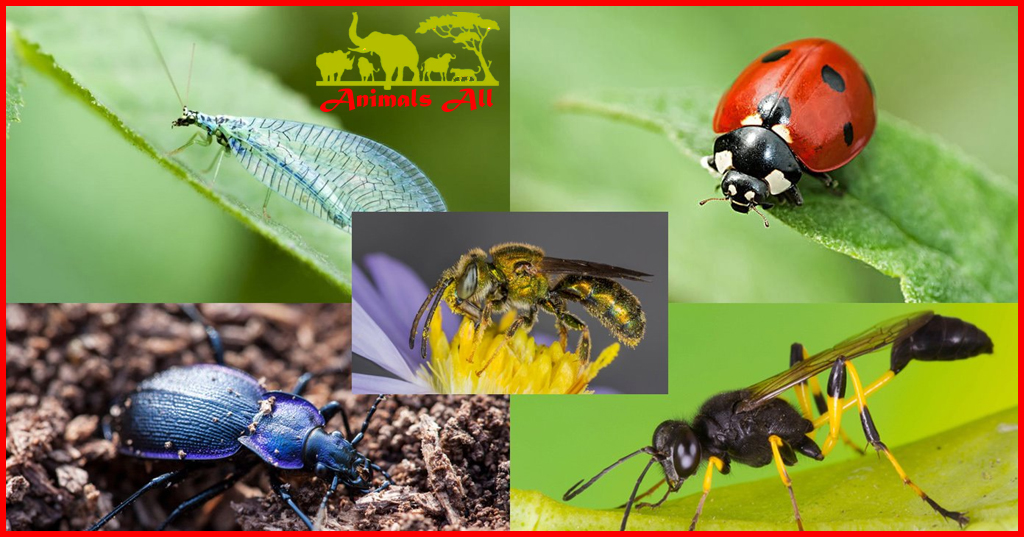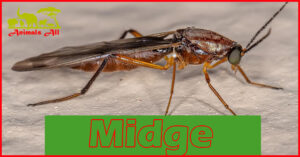
What are some of the weirdest mating rituals of insects?
In this article we are try to discuss some weirdest mating rituals of insects. I am sure you never knew it before , let’s know .
Water strider

Like some of the scum in the human race, male water striders also use “dirty” means to complete mating. According to a new study, male water striders will create tiny ripples on the water that may attract predatory fish, thereby forcing the opposite sex to mate with them. They will keep flapping their legs on the water until the opposite sex submits. During mating, male water striders will climb on top of females, causing greater threats to their lives because they stay on the water and are more likely to become targets for predators.
The study pointed out that this coercion strategy may have begun after females evolved a “reproductive shield.” The reproductive shield, an insect version of a chastity belt, means that mating can only take place with the consent of the female, but females obviously don’t have much choice in the face of the coercion tactics adopted by males. The sooner they submit, the less risk they will become a meal for predatory fish.
Mantis

Female praying mantises may be graceful, but they have a bad reputation for cannibalism. They use pheromones to lure males, who perform a “courtship dance” when they get close. Once approved, males are allowed to climb onto the backs of larger females for mating, but they also pay with their lives. During or after mating, females will brutally bite off the heads of their “sexual partners.” Some theories suggest that decapitated males may not be of much use.
But laboratory observations show that headless males seem to make females more energetic. Other studies believe that sexual cannibalism is a way to increase the success and duration of mating. In some praying mantis populations, mating can be described as a “protracted battle” that takes hours to end. In the case of post-mating decapitation, the males died somewhat unjustly, because they were too close to the hungry females and ended up on the plates of their “loving wives.” They have no idea whether the female mantis’s next “husband” will take them out for a good meal first.
Bed bugs

Bed bugs are scary looking, often found in our most private beds and sucking human blood. They are little bloodsuckers that infect thousands of Americans. They also have a violent and disgusting mating behavior. During mating, male bed bugs pierce the female’s abdomen with their sharp genitals and then ejaculate directly into the body cavity. They are also a group of brainless , often mistaking the same sex for mating partners and piercing a hole in their abdomen.
Female bed bugs have evolved a large number of cells related to defense, which males do not have. After being pierced by the needle-like genitals of the same sex, they often die. It is worth mentioning that bed bug semen is an antimicrobial agent that can reduce pathogens introduced by violent mating.
Scorpion Fly

Female scorpion flies don’t care whether the opposite sex has strong muscles or extraordinary intelligence, they only care about the opposite sex’s ability to secrete saliva. In other words, the male fly’s courtship journey is a process of spitting saliva non-stop. In order to please the object of their affection, male flies also use their powerful salivary glands to let nutrient-rich saliva drip from their mouths. This dripping “bride gift” not only pleases the opposite sex, but also diverts their attention, preventing them from flying away due to lack of confidence or eating themselves after mating. Scorpion flies are indiscriminate when choosing sexual partners, and they are indifferent to all comers.
Female flies can mate with up to 9 male flies in their lifetime. Male flies have long and curly tails, and a pair of claspers on the tip of their tails are similar to scorpions, but without stings, which can help them hold the female during mating. Once the female fly stops accepting sticky gifts, it means that she wants to put an end to the sexual relationship. At this time, the male fly will collect the remaining gifts and use them to start a new romance.
Soapberry

It is extremely rare to find a single female soapberry beetle, as males will attack the opposite sex like a flood. During mating, they connect at the tail end, like a pair of conjoined twins, and can mate in this position for up to 11 days. This body connection of soapberry beetles is the insect version of hand-in-hand, which is very romantic, but in fact, this position is also a means of protection for male insects.
By prolonging mating, the male’s genitals like plugs can prevent other males from “interfering” with fertilization. Sometimes, after mating, the soapberry beetles will stick together until the female lays eggs. A suspicious male will temporarily pull his genitals out of the female’s body, but he will never leave. After the female covers the eggs with soil, they will immediately mate again. Generally speaking, male insects are clingy guys.
Firefly
Fireflies are among the most dazzling insects. Each firefly population has a unique “wing code” that attracts females from the same population. But male fireflies must realize that not all females are worth their “efforts” and may even cost them their lives. Females in one population have learned to mimic the movements of other fireflies. When gullible males approach, they grab and swallow them. Some entomologists believe that the semen of male fireflies motivates females to hunt males from other populations. For females who have already enjoyed sex, a good meal is definitely a feast for them.
Ephemera

Aristotle described a “strange bloodless animal” that emerged from the area near the Black Sea and died after a day. He named it “ephemeron” (meaning it only lived for one day). Now we have a new name for this insect: mayfly. The great philosopher believed that mayflies only lived for 24 hours, which is not exactly true, but it is close. Mayfly larvae can survive for months to years in streams or decaying matter, but adults are very short-lived, with some populations surviving as little as three hours.
In such a short life span, adults have only one goal, which is to use these few short hours to reproduce the next generation. There is no time for “romanticism”. Mating is also a violent event. Multiple males pursue a female mayfly and wait on the young female, ready to mate at any time. The insects mate in swarms so large they can be detected by Doppler radar and can even block traffic.
Bee

In the bee world, drones are numerous, and thousands of them compete to mate with the “virgin” queen bee, but only a few are lucky. During each mating flight, the queen bee mates with an average of 12 drones, and each male can mate with the queen bee 7 to 10 times. The queen bee will store the semen injected into her body during mating in the air for later use, and only a small amount of semen is used to fertilize the eggs each time. When the drone flies away after mating, its stinging genitals and abdominal tissues will be torn away from its body, and it will die soon after.
Hissing cockroach

With their eye-catching deep orange shells, the Madagascar giant hissing cockroaches are becoming increasingly popular as pets, but they are a rough and savage bunch. The cockroaches are named for the low hissing sound they make when they are agitated. To mate, male hissing cockroaches will drive females into a corner, where they kick with their hind legs but eventually succumb to their power and become their reproductive machines.
Male hissing cockroaches have protruding eyes and like to chase anything that moves, even other males, to increase their chances of successfully mating with the opposite sex. In theory, this strategy may work. A different theory is that male cockroaches sometimes disguise themselves as lively females to avoid being attacked by larger and stronger members of the same sex and to divert the attention of competitors. Whatever the strategy, the mating behavior of these guys can only be described as “dirty.”
Fig Wasp

Male fig wasps never venture outside their tiny homes. The wasps lay their eggs in the flowers inside the hollow receptacles of the fig fruit. After hatching from the eggs, the males begin their short lives, living for the sole purpose of reproducing offspring. The wingless amber males crawl limply toward the winged black females that mature inside the female flowers in order to mate. The flower’s ovary acts as a barrier between the males and the females they choose. The males chew a small hole through this barrier and carefully mate with the unsuspecting females, eventually completing the fertilization.
The males replicate this process with every female they find. After mating, the males and females separate and go their separate ways. As the females scrape pollen from the anthers, the males work closely with their brothers to dig an escape tunnel, a process that can take hours. The females then fly away, leaving their flightless husbands behind, never to be seen again.

